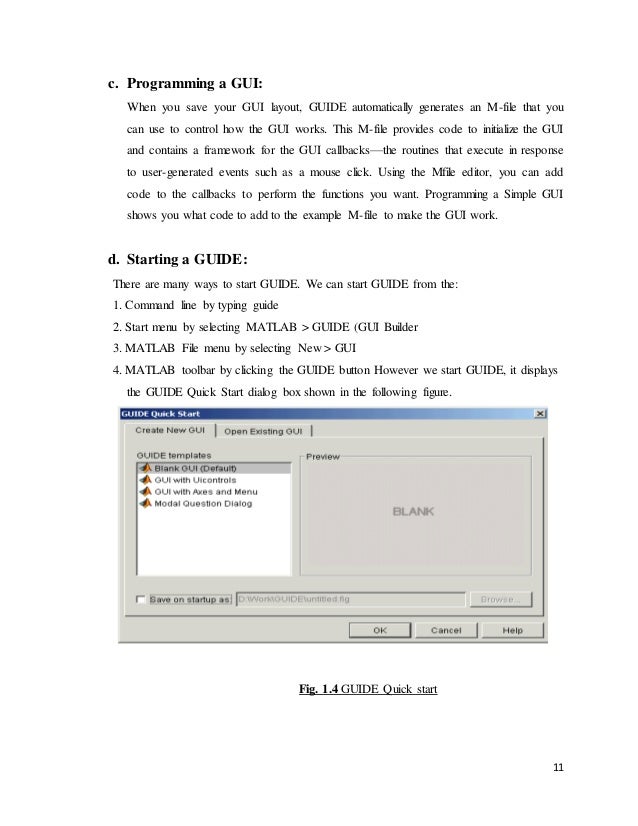
License Plate Recognition Source Code Compiler
Jan 6, 2016 - We'll attempt to use node-pre-gyp to compile from source, but if that's not possible we'll fallback to precompiled binaries. Options.state (string) - State ('oh') license plates are in for additional validation. All of the code is provided as-is. Bindings license plate recognition lpr openalpr. Mar 9, 2018 - Recently I needed to implement license plate recognition function on Jetson TX2. I managed to build 'openalpr' from source and had it working on JTX2. Reference: Compile openalpr The Harder Way (Compile all. Cd ~/src $ git clone $ cd tesseract/ $ git.

Patreon ► In this tutorial I show how to use the Tesseract - Optical Character Recognition (OCR) in conjunction with the OpenCV library to detect text on a license plate recognition application. Tesseract is an optical character recognition engine for various operating systems. It is free software, released under the Apache License, Version 2.0, and development has been sponsored by Google since 2006. Tesseract is considered one of the most accurate open source OCR engines currently available. The Tesseract engine was originally developed as proprietary software at Hewlett Packard labs in Bristol, England and Greeley, Colorado between 1985 and 1994, with some more changes made in 1996 to port to Windows, and some migration from C to C++ in 1998.
A lot of the code was written in C, and then some more was written in C++. Since then all the code has been converted to at least compile with a C++ compiler. Quicktech pro 59 iso.
Very little work was done in the following decade. It was then released as open source in 2005 by Hewlett Packard and the University of Nevada, Las Vegas (UNLV). Tesseract development has been sponsored by Google since 2006. OpenCV was built to provide a common infrastructure for computer vision applications and to accelerate the use of machine perception in the commercial products.
Being a BSD-licensed product, OpenCV makes it easy for businesses to utilize and modify the code. The library has more than 2500 optimized algorithms, which includes a comprehensive set of both classic and state-of-the-art computer vision and machine learning algorithms. These algorithms can be used to detect and recognize faces, identify objects, classify human actions in videos, track camera movements, track moving objects, extract 3D models of objects, produce 3D point clouds from stereo cameras, stitch images together to produce a high resolution image of an entire scene, find similar images from an image database, remove red eyes from images taken using flash, follow eye movements, recognize scenery and establish markers to overlay it with augmented reality, etc. OpenCV has more than 47 thousand people in their user community and an estimated number of downloads exceeding 7 million. The library is used extensively in companies, research groups and by governmental bodies. Email: fpiscani@stemapks.com twitter: git: Vehicle Number Plate Recognition using MATLAB.